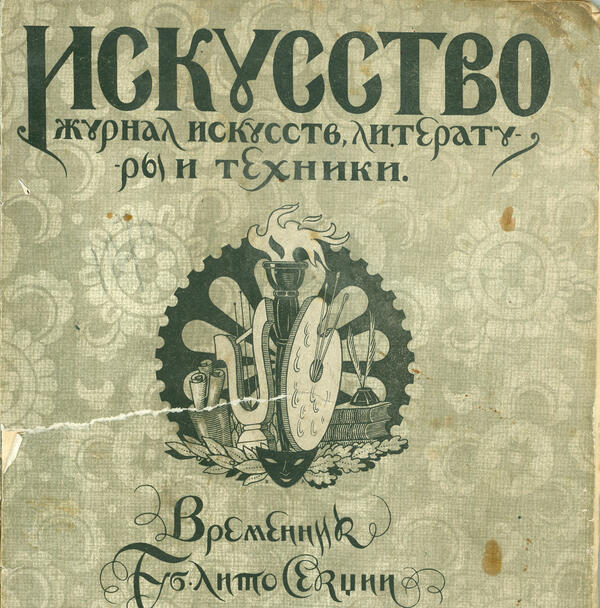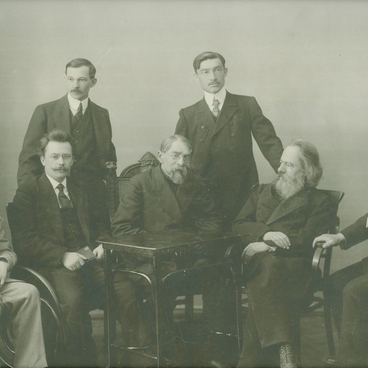In 1921, when Russia began recovering after the Civil War, the first Siberian Soviet literature and art magazine called ‘Art.’ Although only two low-circulation issues (500 copies each) were published, in 1921 and 1922, the issuance of the magazine was quite an event in the literary community of the city.
The opening editorial article of the first issue says the magazine ‘may become an influential reviewer of contemporary art and an effective tool of art propaganda.’ The editorial staff considered their magazine a ProletkUlt (an experimental post-revolutionary proletarian culture institution) publication aimed at meeting the cultural needs of Siberia and particularly the Omsk Governorate. Though showing their like-minded fellowship with the Proletkult, the magazine’s editors were not inclined to confine themselves to the pure ProletkUlt paradigm, recognizing their much broader agenda. Georgy Vyatkin, the chief editor of the literary section, noted that Omsk embraced all major literary trends “on a spectrum from realists to imaginists.” He was also looking to cooperate with gifted followers of “any literary and artistic schools and trends if their works are at all in tune with the zeitgeist”.
Due to such an eclectic approach, the magazine only had a loosely defined concept. Proletkult-style poems could be placed next to more traditional poems and realist prose next to the symbolist oeuvre. The literary criticism section of the magazine, too, was shot through with the aesthetical and conceptual ambiguity. The same cultural phenomena may have been interpreted from opposite perspectives.
The first issue of the Art magazine opened with Vyatkin’s sonnet ‘To an Artist.’ Aleksandr OlEnich-Gnenenko contributed to the magazine with his ‘Cosmic Spring’ and ‘Electrification.’ In addition, Vsevolod Ivanov offered a curious work ‘KirghIz Verses, ’ an imitation of KirghIz (and Kazakh) traditional poems, known as ‘samokladka.’ Another poetic work that stands out in the first issue of the Art magazine is ‘Chants of a Mineralogist’ by Pyotr Dravert.



